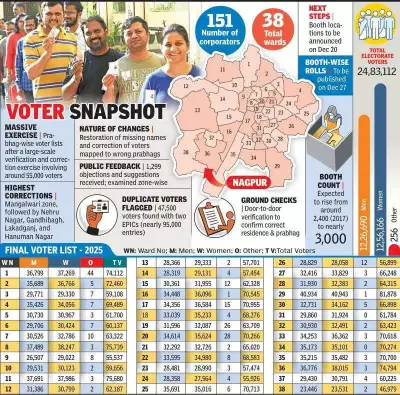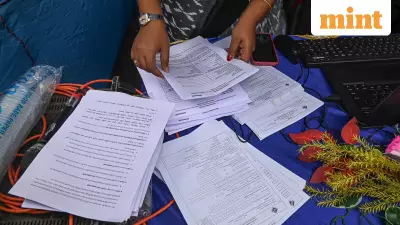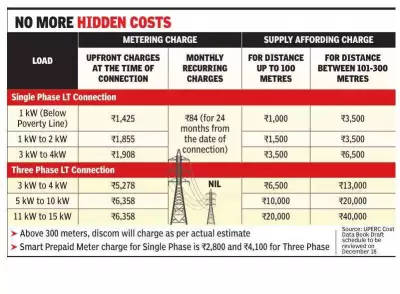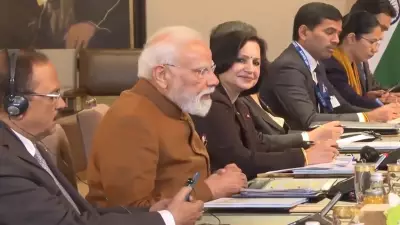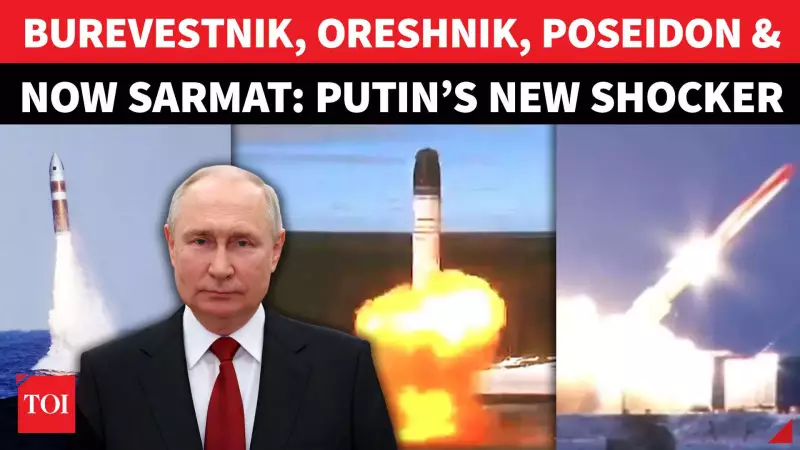
In a significant escalation of global military tensions, Russian President Vladimir Putin has announced the deployment of advanced nuclear weapons systems that could reshape international security dynamics.
The Sarmat ICBM: Russia's New Nuclear Titan
Russia is moving forward with the deployment of its formidable RS-28 Sarmat intercontinental ballistic missile, a weapon system so powerful it's been nicknamed 'Satan 2' by NATO analysts. This heavy ICBM represents the next generation of Russia's nuclear deterrent capability.
The Sarmat is designed to carry multiple nuclear warheads and possesses the range to strike targets anywhere in the world. Its advanced countermeasures and unpredictable flight trajectory make it particularly challenging for existing missile defense systems to intercept.
Complete Nuclear Triad Modernization
The Sarmat announcement comes as the final piece in Russia's recent demonstration of its revitalized nuclear triad:
- Burevestnik Nuclear Cruise Missile: A ground-launched cruise missile with virtually unlimited range thanks to its nuclear propulsion system
- Poseidon Nuclear Drone: An autonomous underwater vehicle capable of carrying nuclear warheads to coastal targets
- Sarmat ICBM: The land-based component completing Russia's strategic nuclear modernization
Global Implications and Strategic Messaging
Military analysts suggest this coordinated announcement serves multiple strategic purposes. It demonstrates Russia's continued technological advancement in weapons systems despite economic sanctions and international isolation following the Ukraine conflict.
The timing of these revelations appears calculated to reinforce Russia's position as a nuclear superpower capable of competing with the United States and China in advanced weapons technology.
Western intelligence agencies have been monitoring the development of these systems for years, but the confirmation of operational deployment marks a new phase in global nuclear posture. The international community now faces the reality of these advanced weapons becoming active components of Russia's military arsenal.
As geopolitical tensions remain high, these developments underscore the ongoing modernization of nuclear arsenals worldwide and the changing nature of strategic deterrence in the 21st century.

